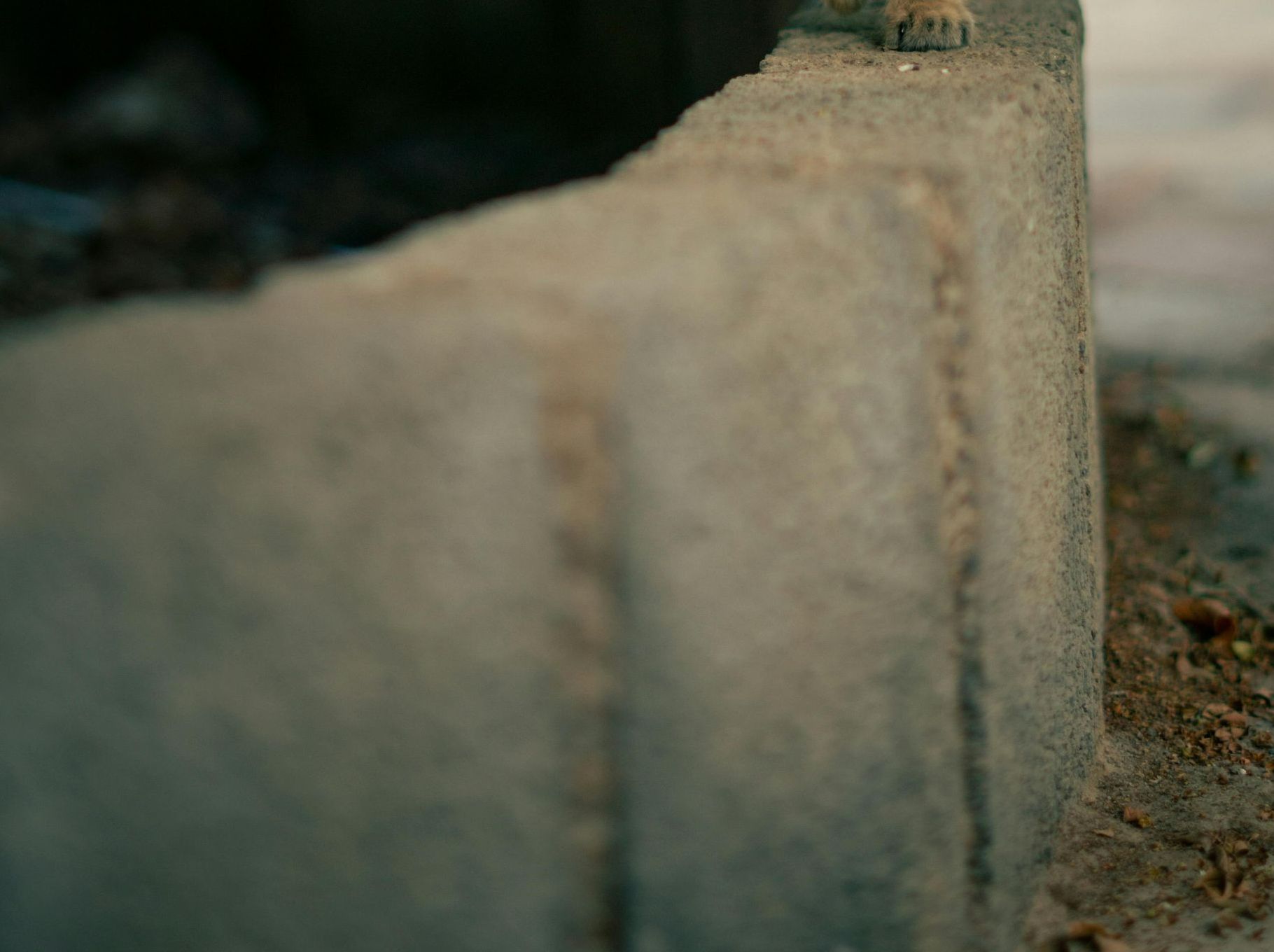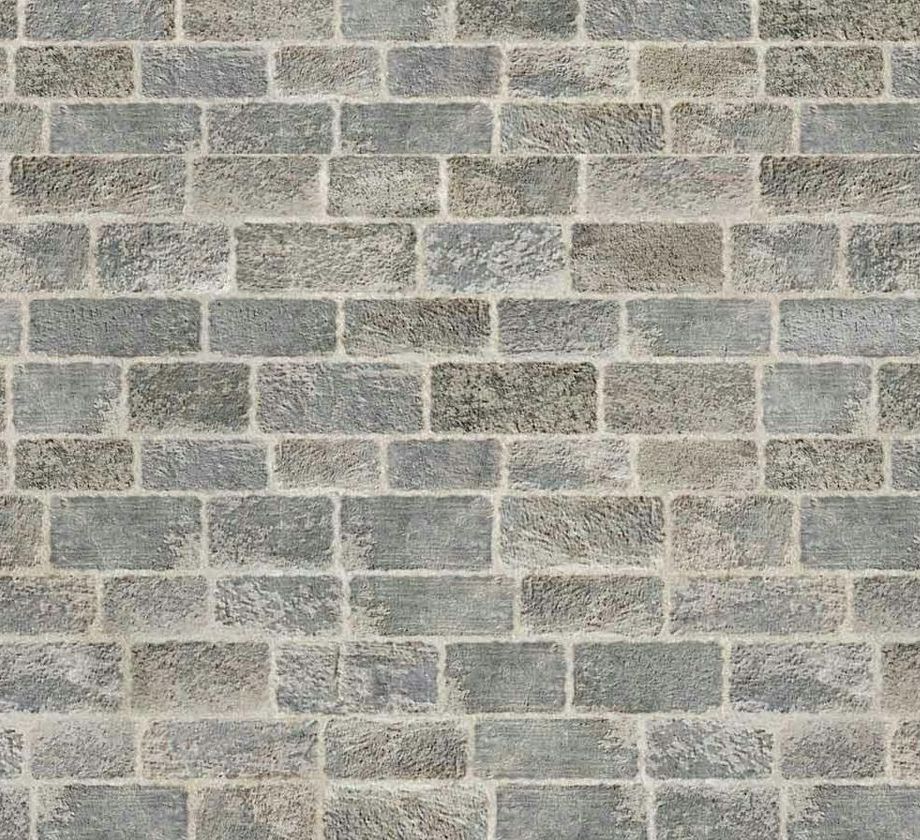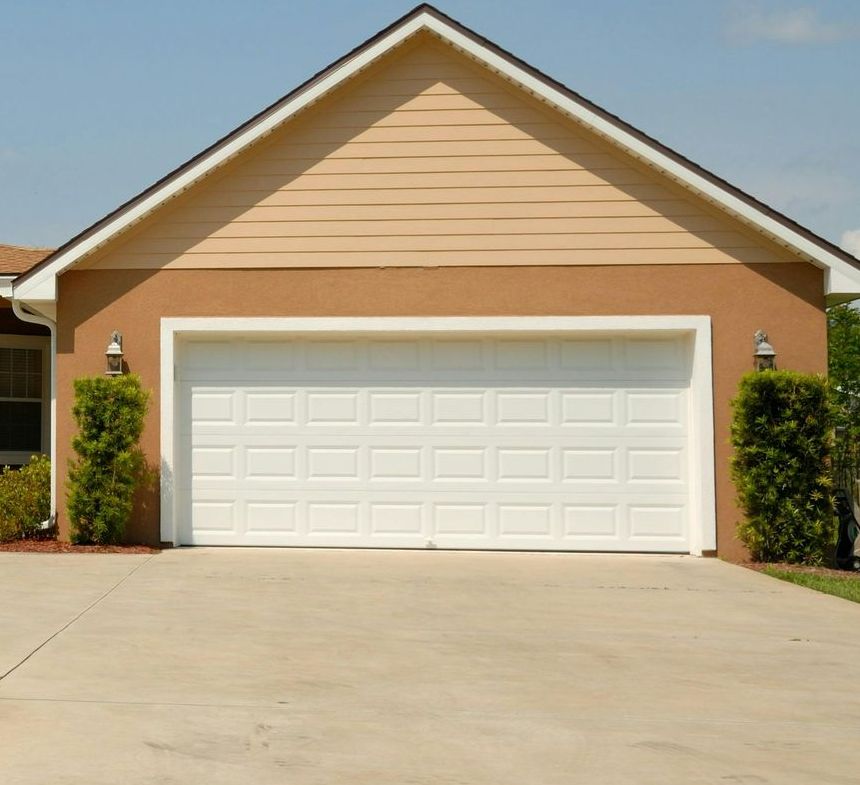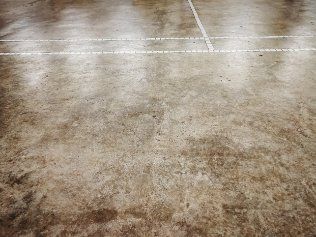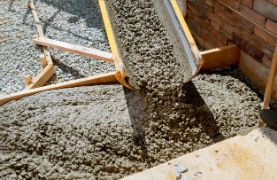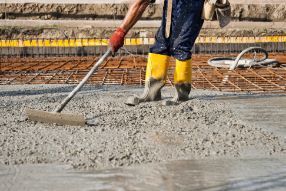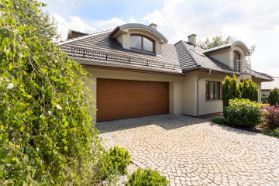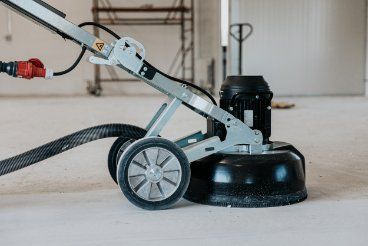Tips on How to Lay Exposed Aggregate Concrete in Frankston
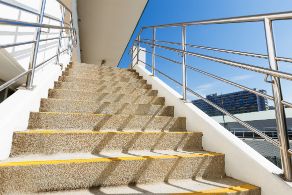
Whether you're building a deck, driveway or patio, there are some tips you should know to ensure you get the job done right. Here are a few of them.
Smoothing out the concrete
Whether you are looking for a new walkway, patio or pool deck, exposed aggregate in Frankston is the perfect solution. These concrete slabs will last for years to come, requiring little maintenance. They also easy to give your home a modern and attractive look.
Before you begin, you'll need to decide where you'd like the exposed aggregate concrete installed. Most people use it for patios and walkways. It can also be used in paving, hardscaping and landscaping. It is prevalent in spaces that have a steady influx of people.
Constructing exposed aggregate concrete is more complicated than pouring plain old concrete. There are three main steps. You'll need to prepare the ground, pour the concrete, and smooth it out before it cures. You can also add materials such as bead glass to make your exposed aggregate concrete more visually appealing.
The first step is to create a levelled pad. This can be done by laying down gravel. If the place is flat, you can bull float the concrete to create a smooth surface. Then, use a screed board to fill in any holes.
The next step involves the application of a concrete surface retarder. This will prevent the aggregate from fracturing. The retarder can also help you to control the depth of exposure. The length of time you will need to apply the retarder will depend on the porosity of the concrete.
You can also add sea shells and bead glass to enhance the look of your exposed aggregate concrete. These materials are also excellent for hiding stains. The suitable materials will last for decades.
There are many different ways to achieve the exposed aggregate concrete in Frankston. The most effective and economical method is to use a mechanical polishing process. It is the most effective way to create a mirror-like finish.
The other alternative is to polish the concrete manually. The most important part is to make sure that you do it correctly. You should not use a single substance but a thin cement slurry to cover the pebbles. You'll need to use consistent pressure to ensure that the stones do not crack or dent the concrete.
Sandblasting
Decorative concrete is a cost-effective and stylish way to improve the appeal of any property. Whether you are building a home, office, or restaurant, you can enhance the look of your property by adding concrete. Decorative concrete is available in many different styles and can be coloured and exposed.
One of the most affordable decorative concrete options available is exposed aggregate concrete. This type of concrete is perfect for walkways, steps, pool surrounds, and landings. It is also very durable. You can choose from various colours, including red and brown stains.
Exposed aggregate concrete is a unique way to enhance the look of any outdoor area. It is also a durable material that will retain its look for years.
The process of exposed aggregate concrete requires special procedures. Some concrete surface areas require light cleaning, while others require deep cutting. The amount of rock exposed is also a factor.
Exposed aggregate is often used for pathways, driveways, and pool surrounds. It is perfect for creating skid-resistant surfaces and enhancing the appeal of any property.
Exposed aggregate concrete can also be used for infill slabs and shed slabs. It also adds a natural element to any property. It is easy to repair and maintain.
Some contractors have extensive experience in sandblasting exposed aggregate concrete. They have worked on many different projects. Some of their projects include parking bays, playgrounds, and footpaths. They have also sandblasted many memorials.
Using this technique, you can remove old paint and adhesives from the surface of the concrete. You can also create unique textures. A sandblasted surface will make your concrete look fresh and professional.
Sandblasting exposed aggregate is a popular choice for outdoor areas with a lot of foot traffic. You can also add sealers to deepen the colour of your exposed aggregate. Sandblasted surfaces are non-slip and make them easier to walk on.
Using sandblasting is an inexpensive alternative to ripping up old concrete and replacing it with new. It is also a faster and more effective way to restore concrete.
The concrete repair industry often receives calls to repair damaged aggregate work. With the right equipment and experience, exposed aggregate concrete can look brand new.
Surface retarders
Using surface retarders to create exposed aggregate concrete is a great way to achieve an aesthetic finish for concrete. Often used as a decorative touch, these surfaces are ideal for outdoor applications like patios, sidewalks, and footpaths.
Surface retarders are temporary curing agent that stops the hydration process at a controlled depth. It helps reduce the heavy grinding required to achieve the desired finish. They also allow for easier polishing of newly placed concrete.
These retarders are water-based and can be applied with a sprayer, roller, or low-pressure sprayer. They are also biodegradable and odourless. However, they should not be used on concrete with shake-on colour hardeners. These materials can also interfere with the retarder's job.
The time it takes to remove surface retarders varies with the project and environmental conditions. Ideally, it should be done within 24 hours of application. However, it can be delayed if the aggregates soften. You can test this by spraying a small area with the surface retarder. You can use a garden hose to remove it if it is still wet.
The exposure depth depends on the surface's porosity and the scrubbing action used to remove it. A shallow etch will expose less aggregate, while a deep etch will reveal more.
The best surface retarders have a low odour and are safe to use indoors and outdoors. They should be applied after finishing operations to ensure maximum effectiveness. They also should be applied with even coverage. However, overspray can be challenging to remove. For this reason, it's best to use citrus cleaners.
The trick to choosing the best surface retarder is to know what kind of surface you are working with. For example, if you have textured or coloured concrete, you will need to choose a retarder with a colour that matches the finish.
Brushing and washing the concrete
Adding an exposed aggregate finish to your concrete slab can add an excellent aesthetic effect to your home at a reasonable price. You will need to learn a few basic techniques to achieve this look.
The first step is to wash off the top layer of cement paste. This is done by spraying the slab with water. A broom and garden hose can help remove this layer.
Once the cement paste is removed, the top layer of aggregate is exposed. The resulting surface will be hard-wearing and skid resistant. However, you will need regular cleaning to ensure the surface remains in good condition.
The second step is to apply a film-forming acrylic resin to the exposed surface. This helps protect the concrete slab from stains and spalling. You can use an airless sprayer or a short nap roller to apply the resin.
You can apply a chemical surface retarder if you have a small surface. This prevents the concrete from setting and slows the curing process. However, chemical retarders should be used safely and should be researched first. You can also paint the surface with a chemical retardant.
You can also use abrasive blasting to remove the top layer of cement paste. This process will break up the aggregates and can be very damaging. It can also dull the colour of the aggregate and make them look unsightly.
Lastly, you can brush and wash the exposed aggregate concrete. This will remove a thin layer of mortar and expose the aggregate underneath. This technique is best used for small projects, as it requires timing, and timing is crucial.
You should avoid using a high-pressure cleaner on exposed aggregate concrete. This can damage the concrete and can break up the aggregates. Use a leaf blower to remove any dust or dirt.
To avoid damaging the surface, hiring a professional to perform the job is best. You will need the proper equipment and training to achieve a professional finish.
To ensure your exposed aggregate concrete is adequately cured, you must wait at least 24 hours after completing the work. This will help avoid any disruption to your daily routine.
At JD Concreting Frankston, we know that laying exposed aggregate concrete can be complex. It's made even more complicated when you have to do it yourself. So if you're looking for a concrete contractor that can do the job for you, we recommend looking no further than us. Our services are affordable, and we can turn your project around quickly so that you don't have to wait long for your new exposed concrete. Please feel free to contact us at 03 5910 4479!
Free Instant Quote
**plus FREE bonus coupon**
Contact Form
You Might Also Like
